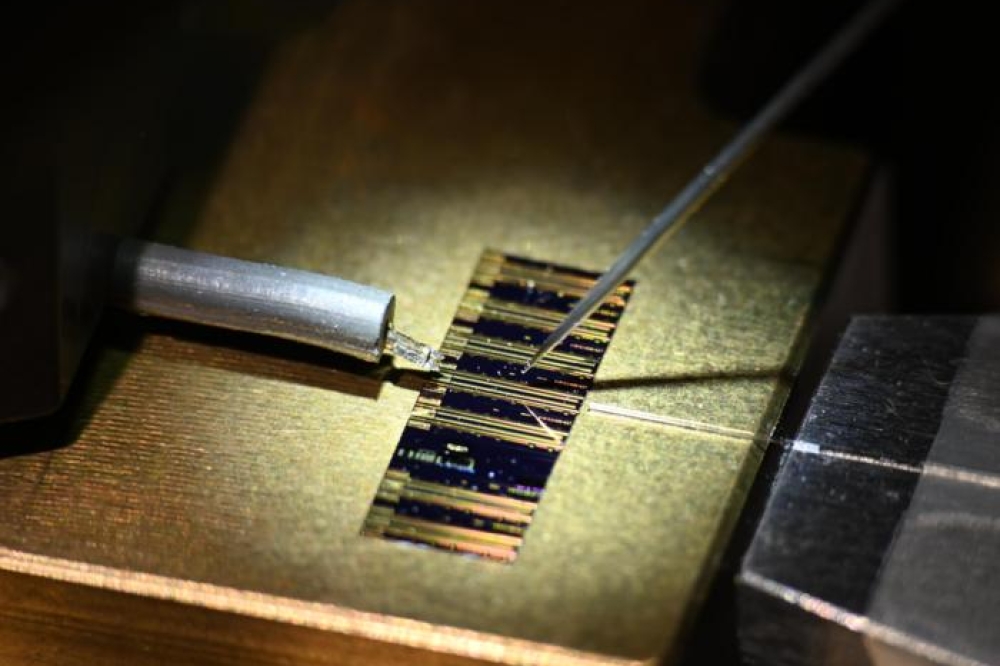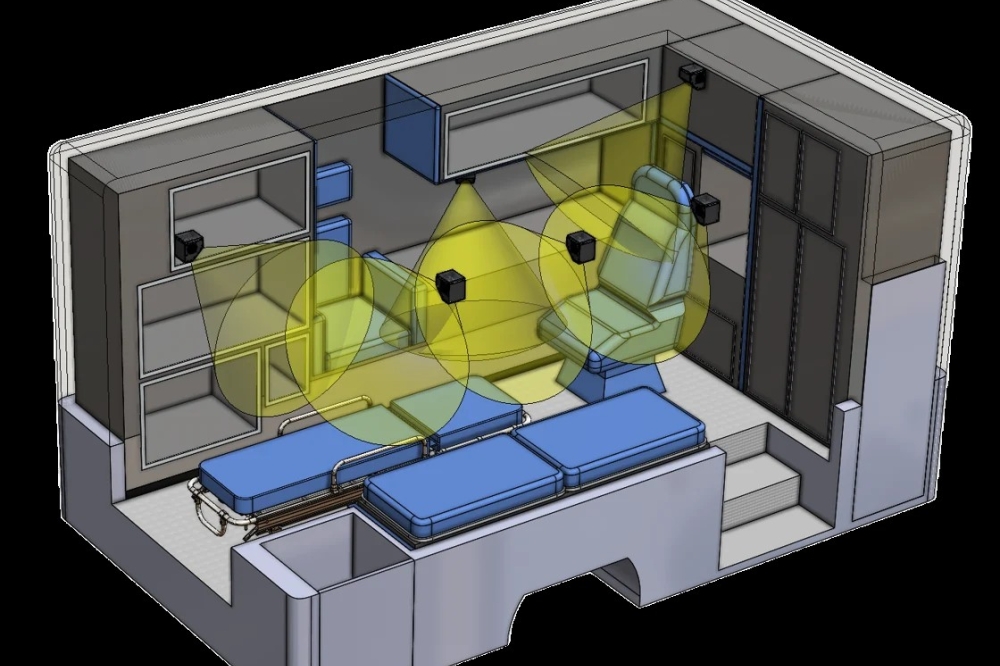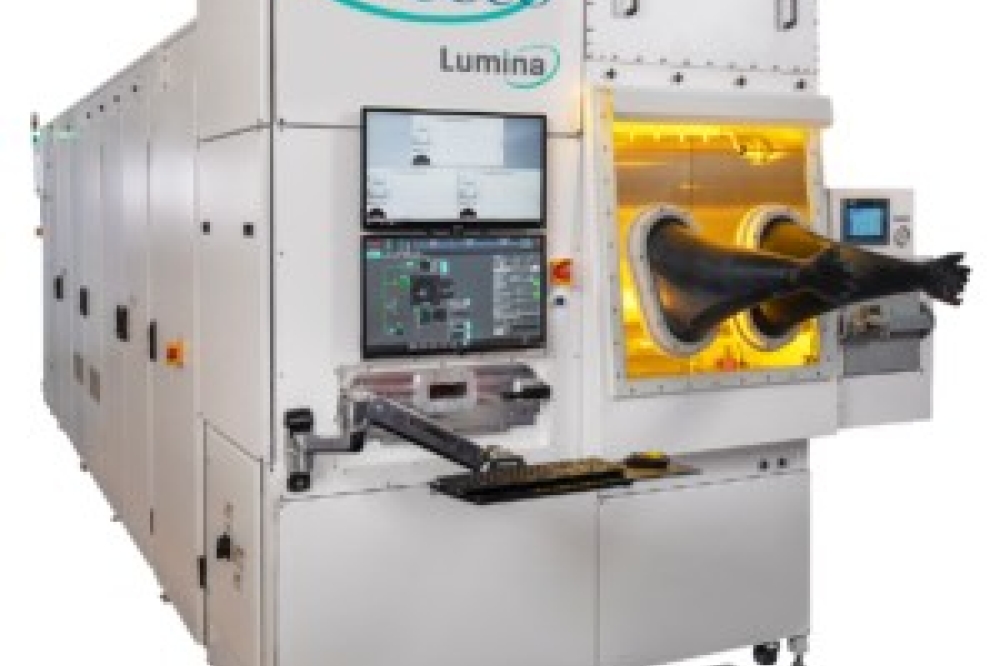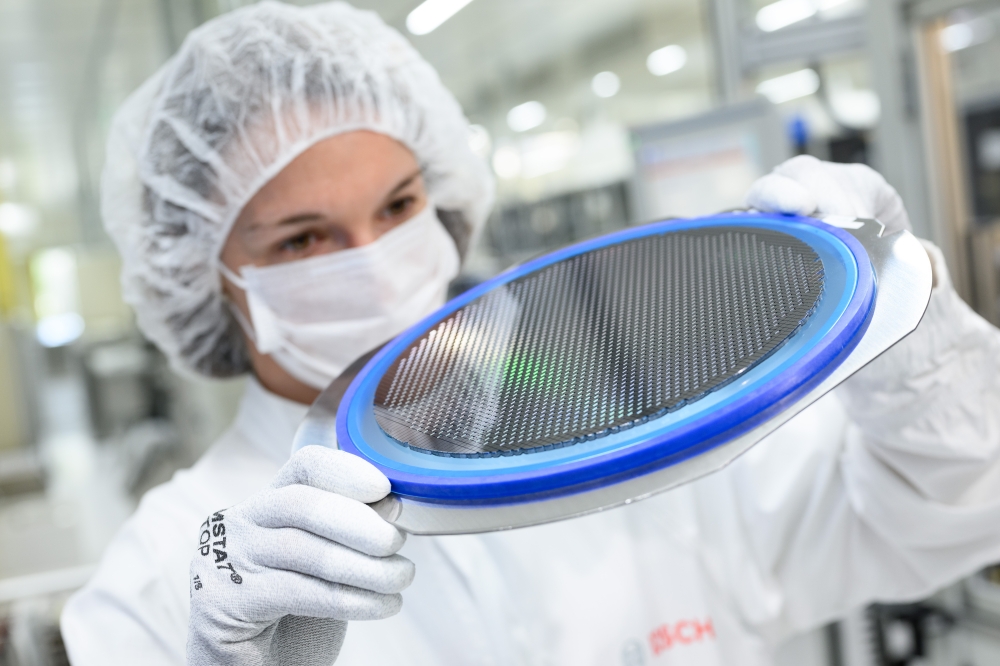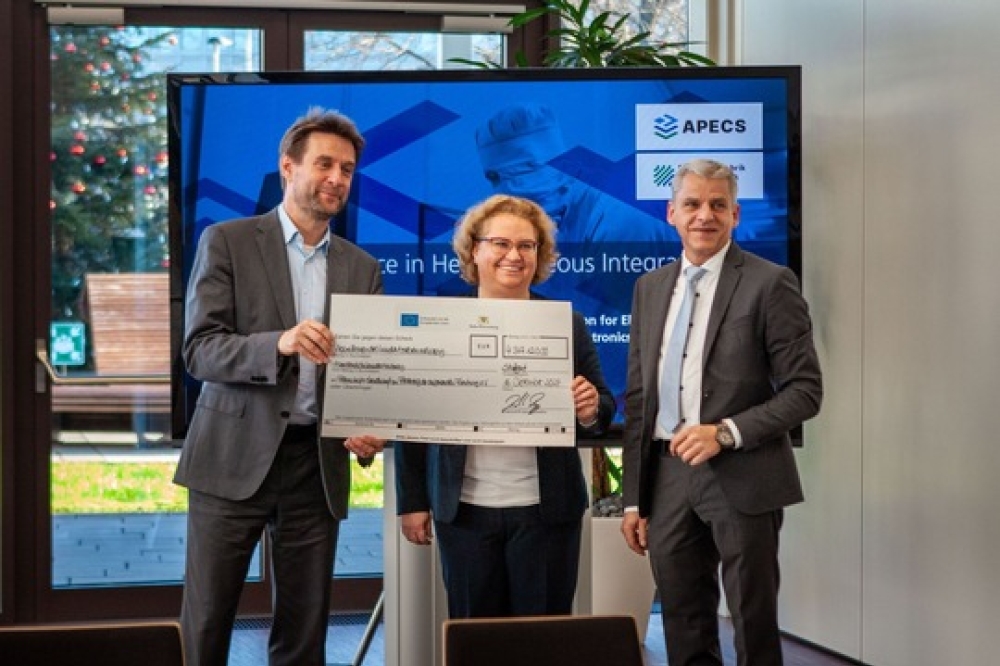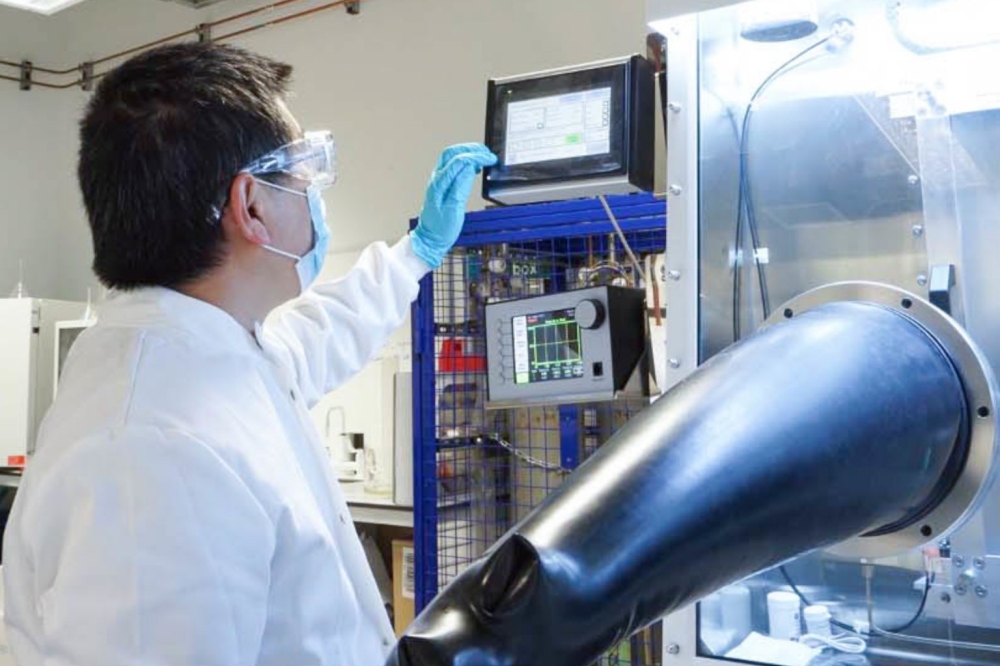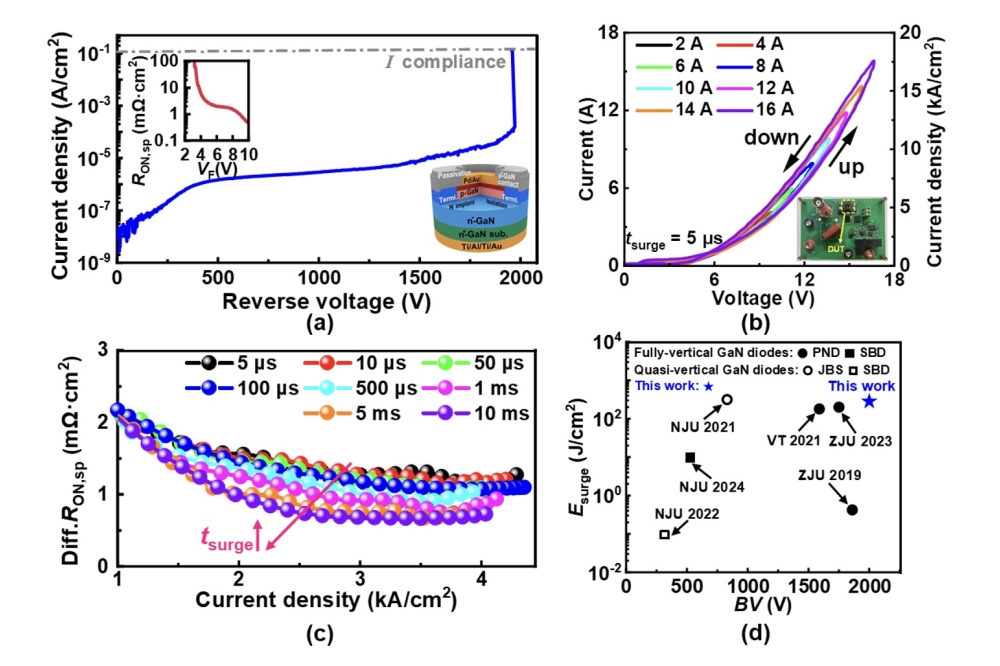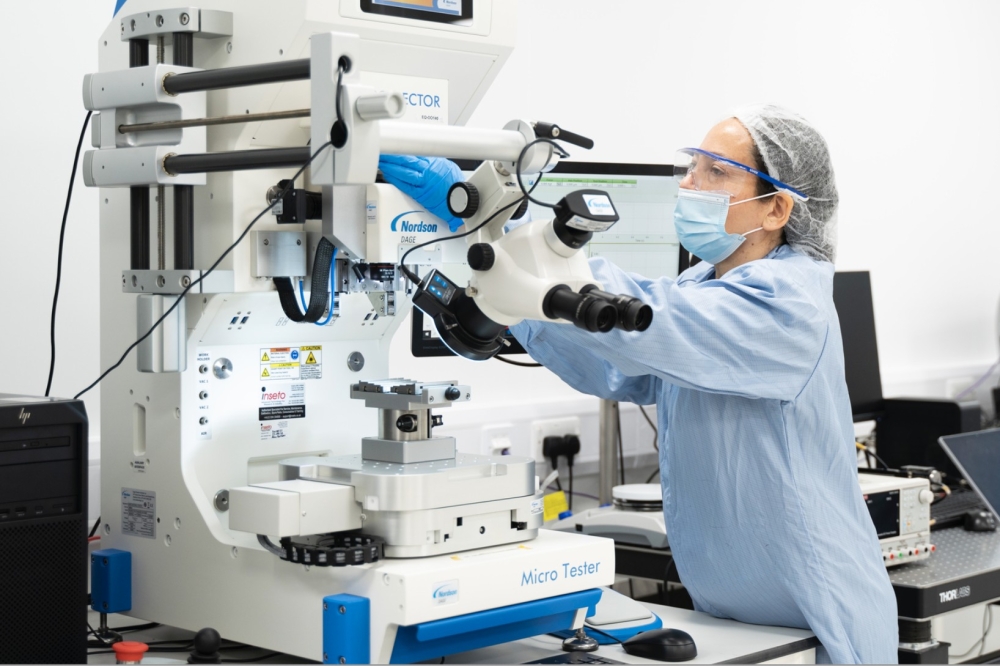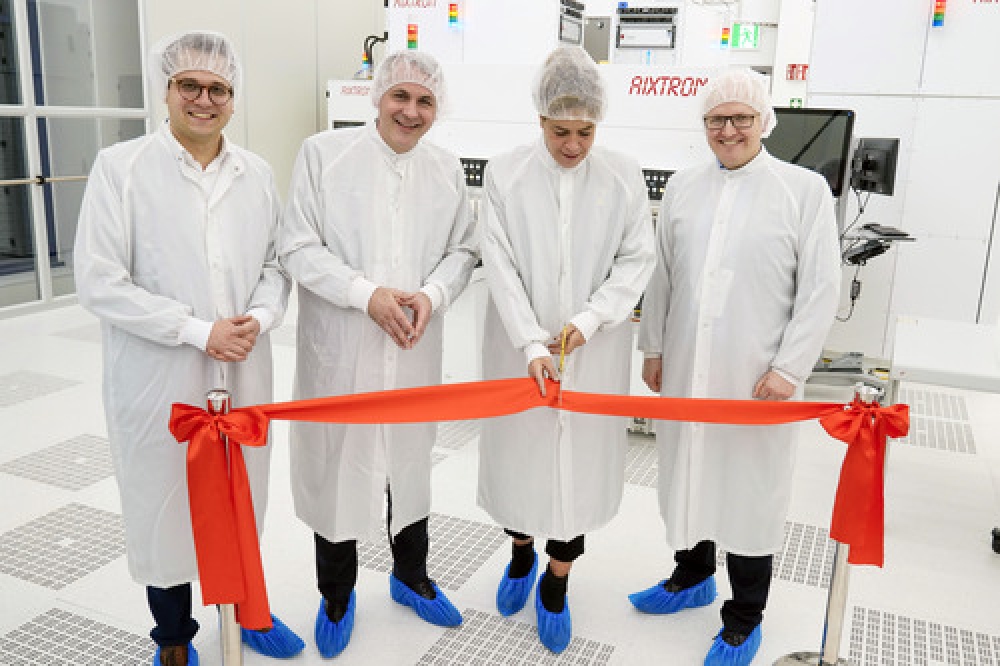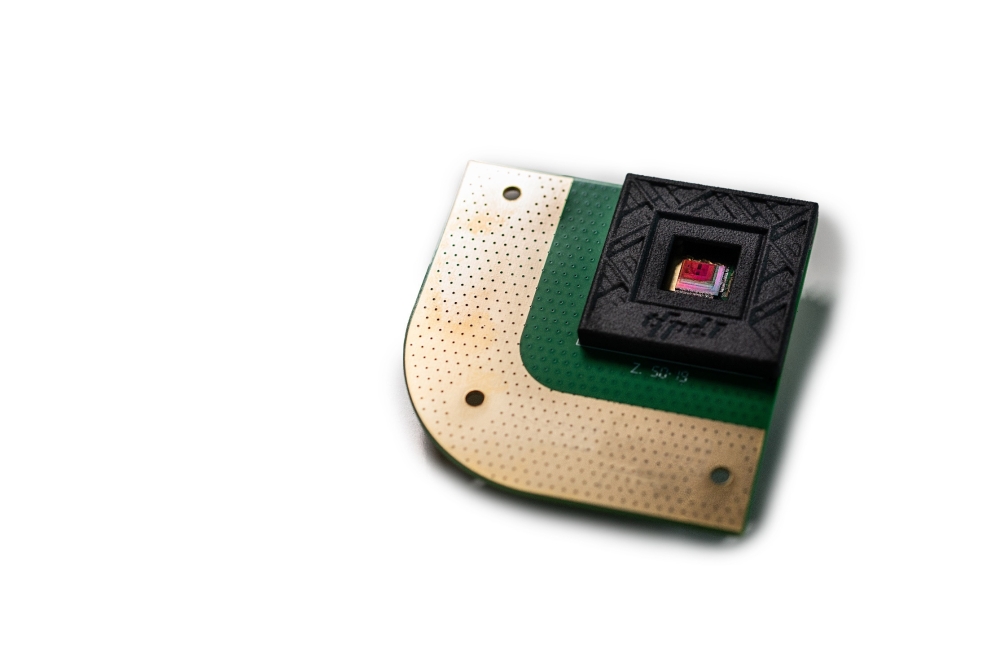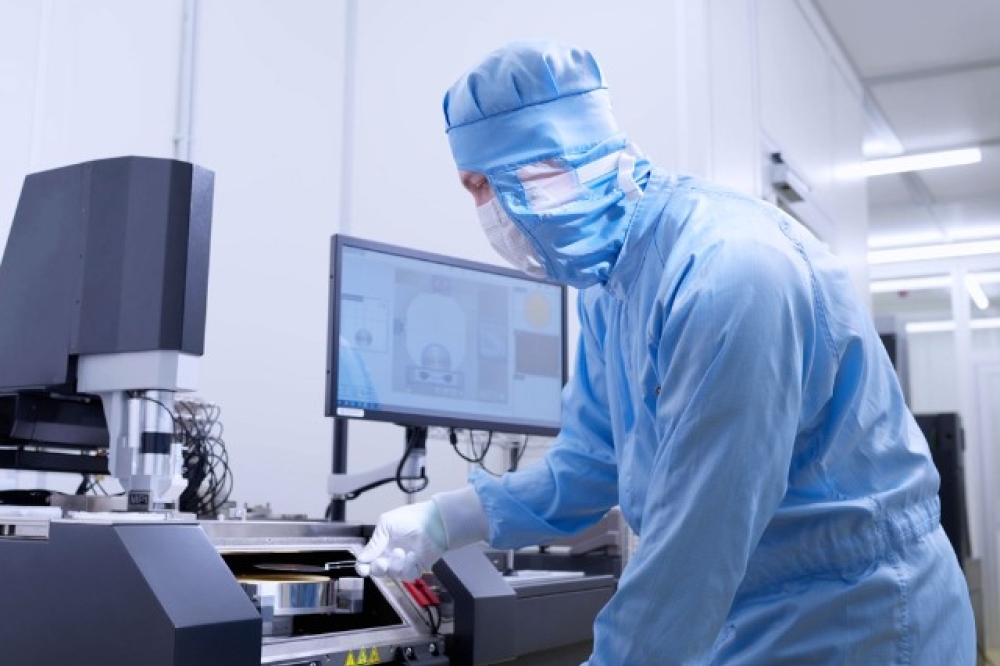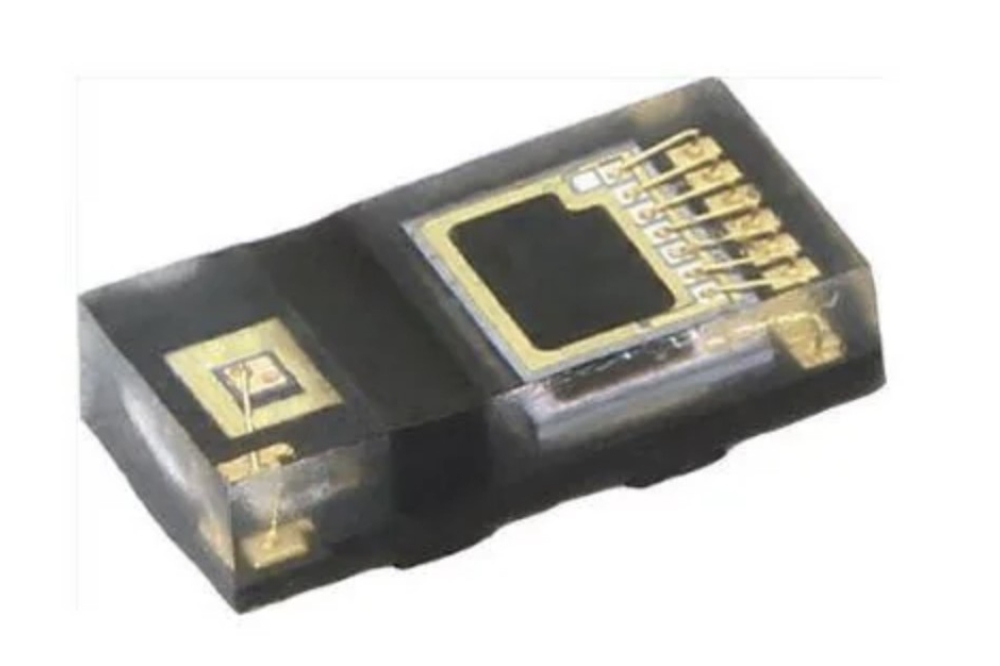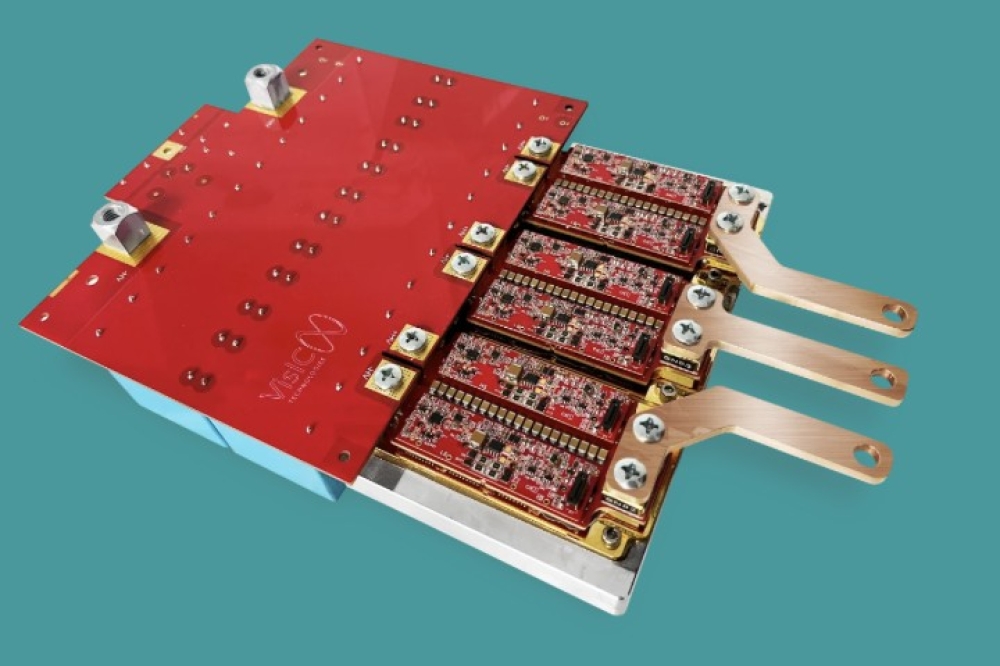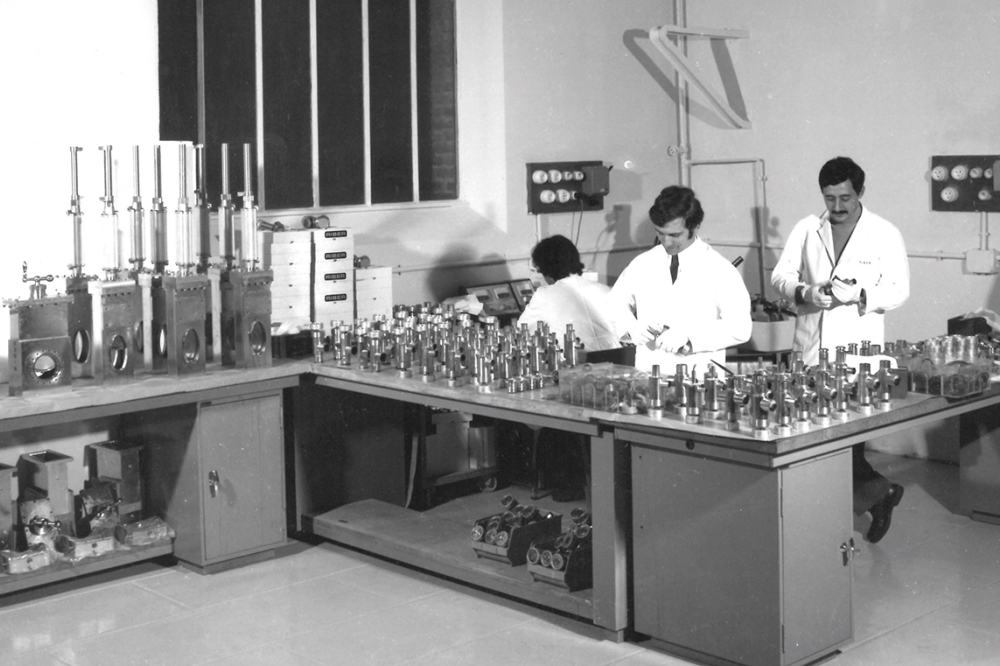Multi-million-atom QD metrology
GROWTH DYNAMICS in real quantum dot devices has been modelled by an international team from Tyndall National Institute, Ireland, the National Nanotechnology Laboratory-CNR, Italy, and Purdue University, Indiana. The researchers used multi-million atom simulations that are claimed to deliver unprecedented precision. The semiconductor device simulation tool, called NEMO 3D, was developed at NASA and Purdue. This tool can model structures containing up to 50 million atoms through parallelised computation on high performance supercomputing clusters. By accurately mimicking indium-gallium intermixing and indium-segregation effects with an innovative two-layer composition model for quantum dots (QDs), the researchers can reproduce polarisationdependent optical emission spectra of an MBE-grown InAs QD. Tyndall has proposed an innovative twocomposition model for the InAs QDs, comprised of an indium-rich central core surrounded by an indium-poor region close to the edges of the QD. This model allowed the researchers to reproduce the experimentally measured optical spectra. Modelling of growth dynamics is a challenging computational task as it requires simulation of realistic QD sizes with atomistic resolution. By performing a systematic set of multimillion atom atomistic simulations, the researchers in Ireland found a correlation between their calculations and the experimentally measured data. The results quantitatively show the influence of indium-gallium intermixing and indium segregation effects on the polarisation properties of the QDs.
 M. Usmanet et al. Nanotechnology 23 165202 (2012)
M. Usmanet et al. Nanotechnology 23 165202 (2012)

